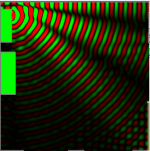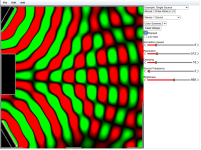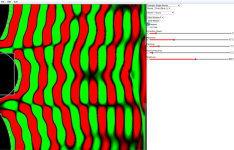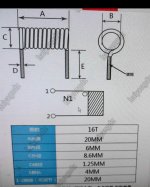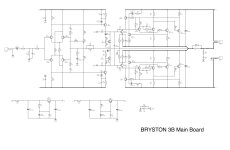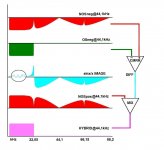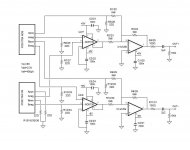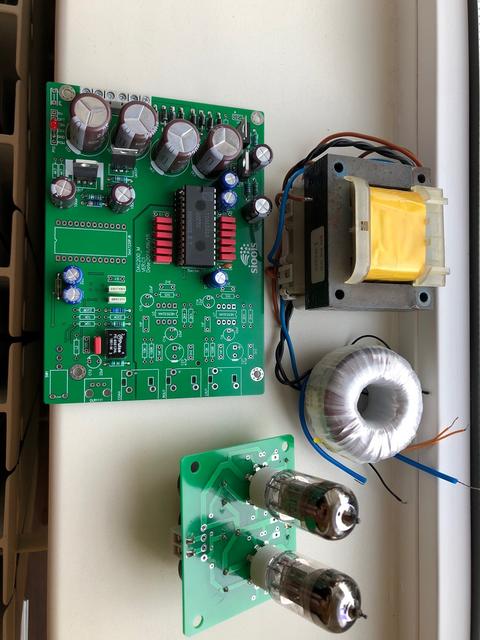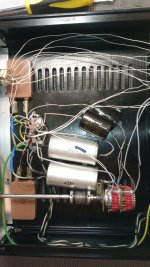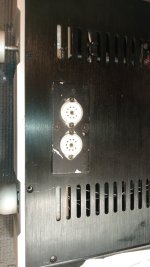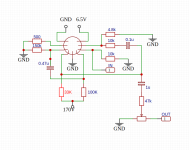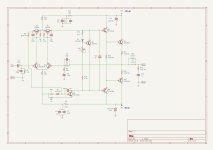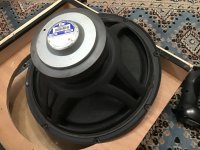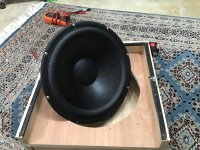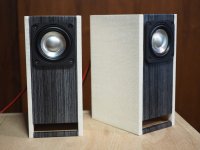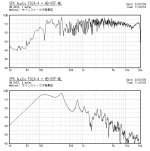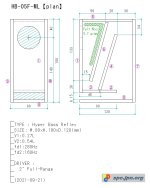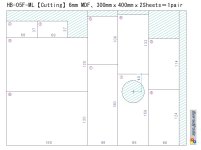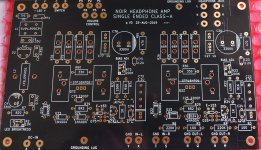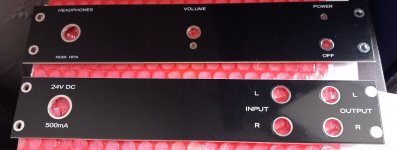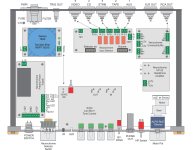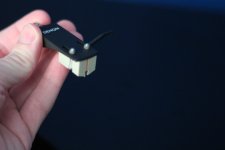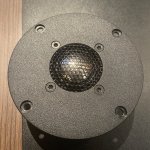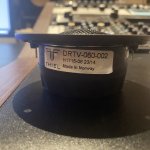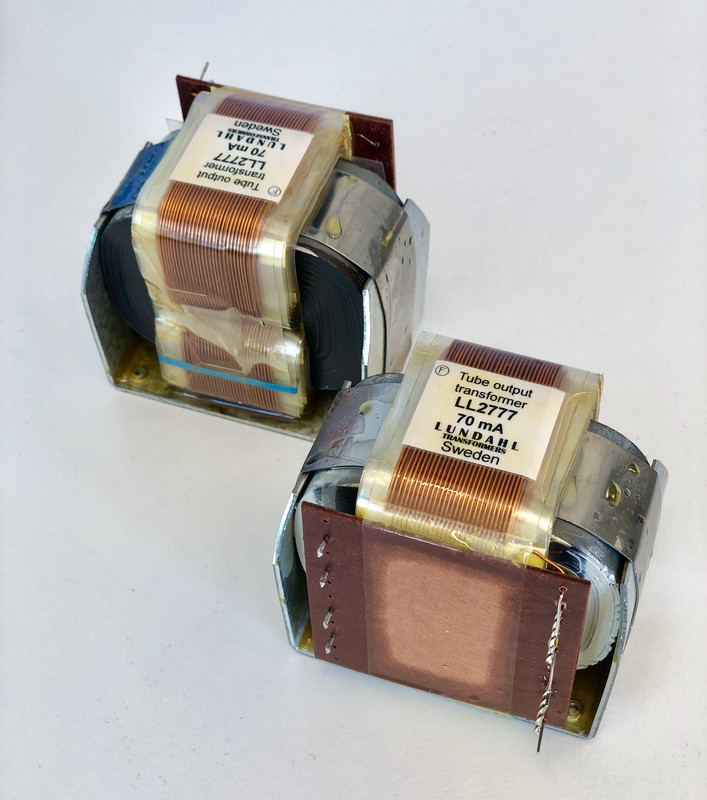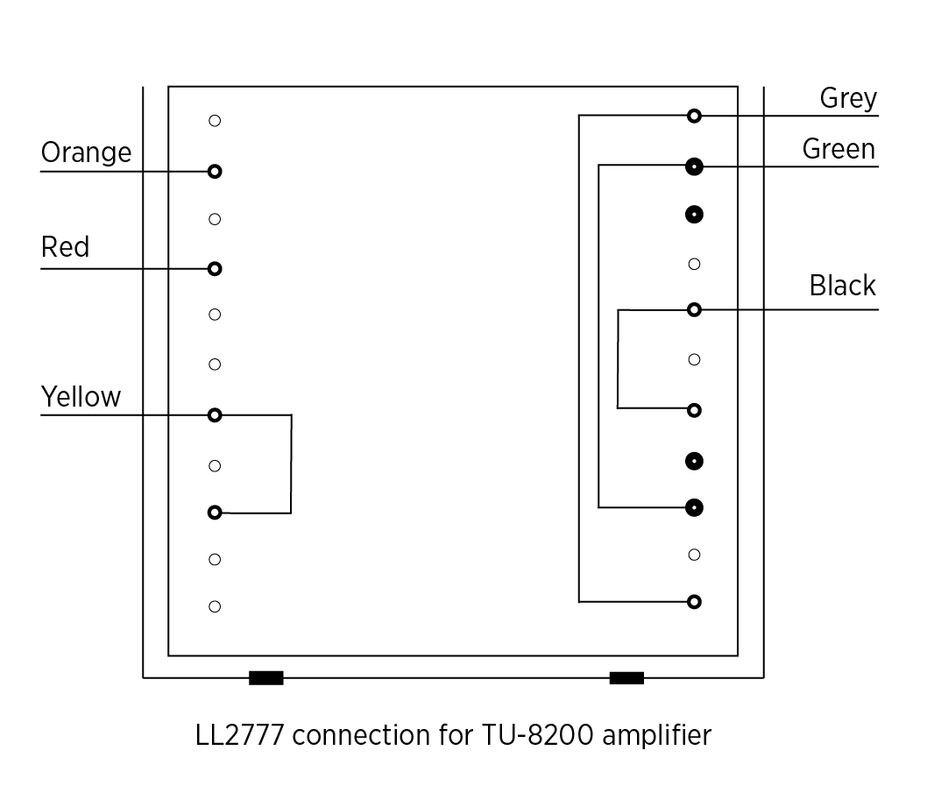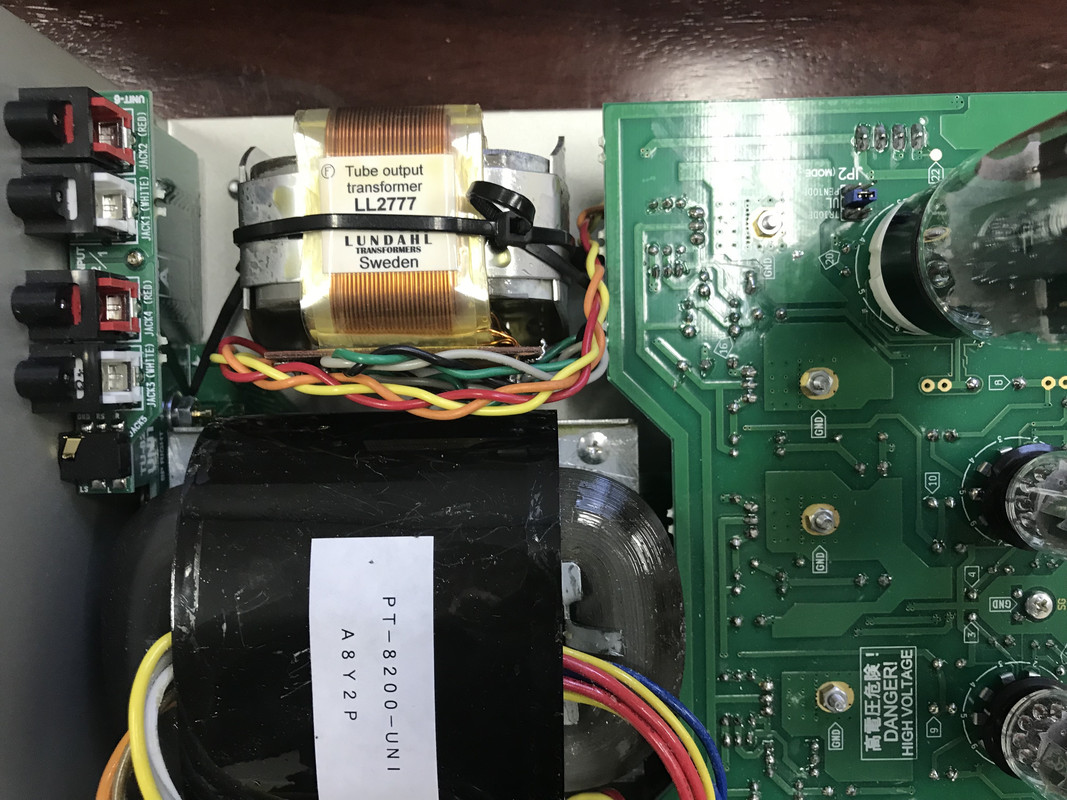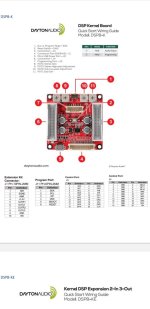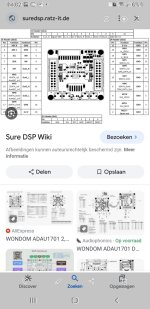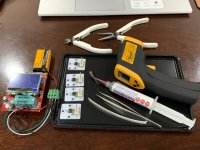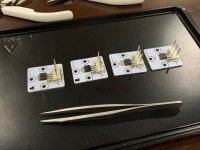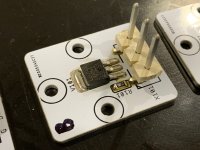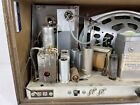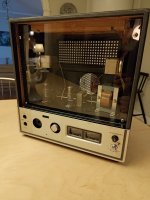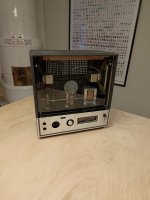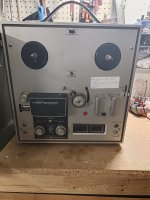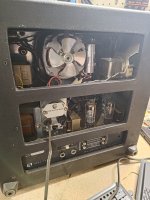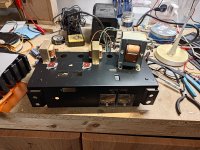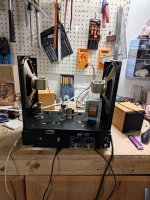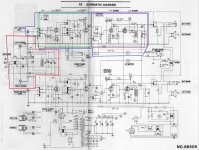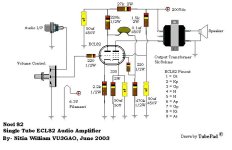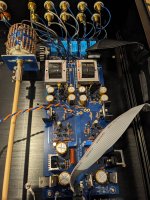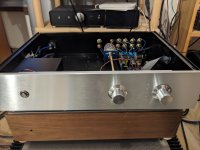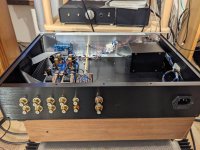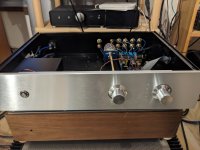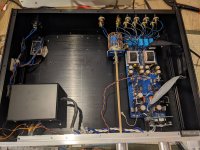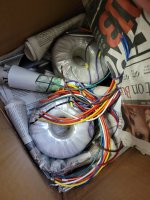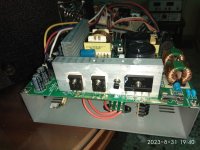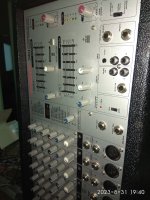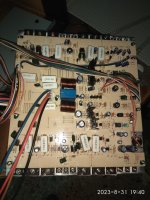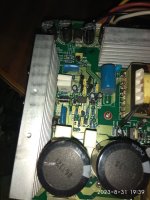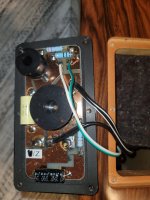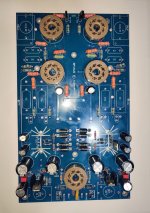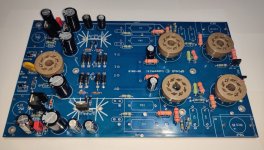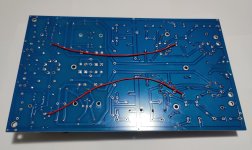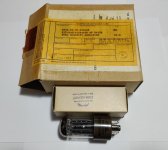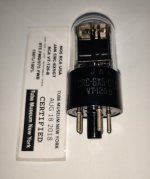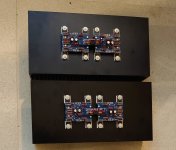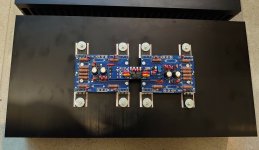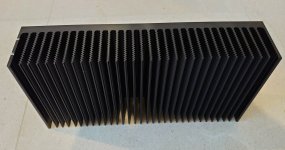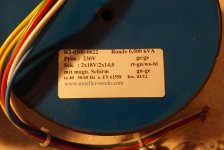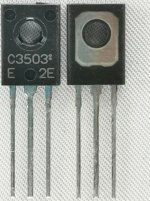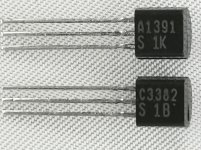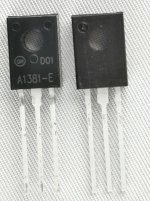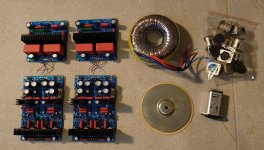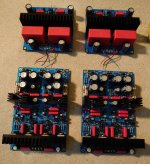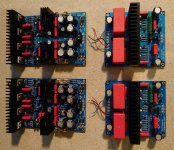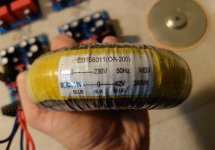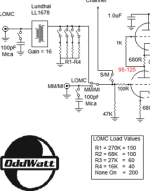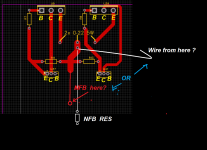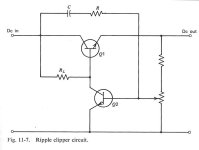Hello dear diyaudio friends
For sale are two Soekris dam1021 dac modules. One modules is brand new and one is slightly used. To the used one, the VREF mod that Soeren recommends was applied.
The brand new module is the dam1021-12: 0.012% resistor version,
it was purchased in February 2016 directly from Soekris (still have the invoice).
The slightly used module is the dam1021-02: 0.02% resistor version,
it was purchased in June 2015 directly from Soekris (still have the invoice).
For the brand new module I want 300 Euro,
I'm also willing to trade, please look below (I paid 341 Euro with VAT and shipping)
For the slightly used module I want 200 Euro,
I'm also willing to trade, please look below (I paid 267 Euro with VAT and shipping)
Included with each dam1021 board is the standard set (all brand new) of connectors that Soekris is delivering with each module
I also have a lot of brand new Nichicon FP caps, to upgrade the modules.
If you are interested, I will sell them to you for the current mouser price.
The following values are in m stock
1500µF/6.3V - 820µF/6.3V - 690µF/6.3V - 470µF/6.3V
I’m also willing to trade for one or more of the following items:
(Of course, I will pay difference in value)
Manufacturer sealed bags of:
2SJ74-BL
2SK170-GR
2SJ74-GR
2SK370-BL
And maybe other rare signal JFETS or dual JFETS
BurrBrown PCM1704-K DAC chips
Analog Devices MAT02 and MAT03 dual monolithic transistors
2 x Starkrimson® Ultra Amp Module
XRK Audio RTR TPA3255 Reference Class D amplifier
Please also take a look at my other offers in the Swap Meet
Here are some different shipping rates:
They may differ a little from country to country, for a exact quote for your country please ask.
Of course, I will charge only the prices I will have to pay)
Small DHL package worldwide (up to 2KG):
Without insurance and tracking: 10.99 Euro
With insurance up to 50 Euro and tracking: 14.99 Euro
With insurance up to 500 Euro and tracking: 47.99 Euro (DHL insanely raised the prices, this package is also up to 5KG)
Small DHL package within Europe (up to 2KG):
Without insurance and tracking: 5.99 Euro
With insurance up to 50 Euro and tracking: 8.49 Euro
With insurance up to 50 Euro and tracking: 13.99 Euro
Shipping within
Germany will be cheaper, please ask.
I will ship anywhere in the world. Shipping costs strongly depend on the shipping method you prefer. Of course, I will only charge the real costs, I won't charge anything for packing materials and effort. I prefer to use Deutsche Post/DHL, but you can decide which shipper and which shipping method (letter, registered letter, small package, normal package, insurance, tracking) I should use.
As payment method I prefer PayPal for friends and family, so no extra fees will be added. Of course personal collection of modules in Cologne (Germany) and payment in cash is also possible.
Kind Regards
Phil

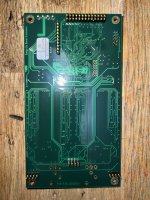
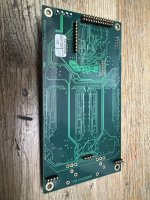
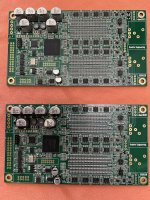
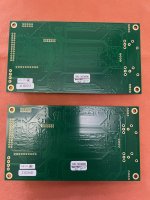
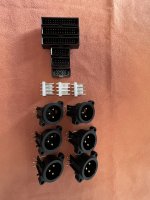
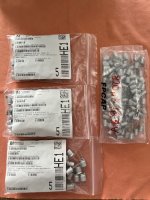
The
